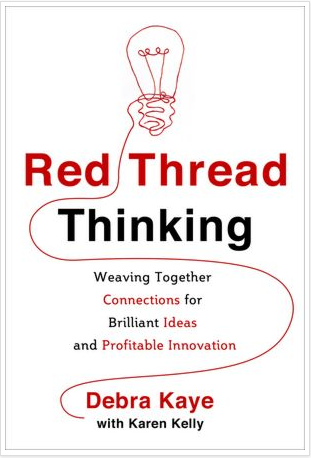 Understanding your customer is critical to your business. But what may surprise you is that there is a lot you can do on your own without the need for expensive research. You and all members of your team can develop skills to find out how consumers truly engage with your business and why they go back to it. Understanding your consumers’ context can go a long way to perceiving what they will want to buy next – even before they realize it. Here are ways to find your consumer’s future:
Understanding your customer is critical to your business. But what may surprise you is that there is a lot you can do on your own without the need for expensive research. You and all members of your team can develop skills to find out how consumers truly engage with your business and why they go back to it. Understanding your consumers’ context can go a long way to perceiving what they will want to buy next – even before they realize it. Here are ways to find your consumer’s future:
• Spend time “living” with your customers. Shop, work, play, and relax with them. Go where they are and observe them in their various roles, notice their habits and the underlying reasons for those customs. On a walk through the rain forest in Tanzania, an adventurous young Englishwoman came across a large male chimpanzee hunched over a termite nest. Binoculars at the ready, she watched as he took a piece of twig from a nearby bush, stripped the leaves off and bent it. The chimp then stuck the “spoon” into the nest and used it to both dig the termites out and put them into his mouth. In that one chance encounter, Jane Goodall had made one of the most important scientific observations of modern times – she had witnessed a creature other than a human make and use a tool.
• Find out what bugs them. Solving problems that irritate or slow people down often turn into the most profitable innovations. Notice what people do to work around the limitations of existing solutions of your products and build on that. An example of this comes from Haier, a leading Chinese manufacturer of home appliances. Haier is well known for its inventiveness and its quick turnaround time (it prides itself on “satisfying the personalized needs of users in a short time”). After it began selling appliances to people in rural China, it received numerous complaints about its washing machines and their propensity to clog. So the company sent its engineers out to pinpoint the cause of the problem. It turned out that the rural Chinese were using Haier washing machines to wash not only clothes, but also vegetables from their gardens. Instead of telling customers that they were using the machines incorrectly and refusing to honor the warranties (look at any warranty from most manufacturers and you will find that it is null and void if you do not use the product the way the manufacturer wants you to use it), the company saw an opportunity. The Haier development team came up with a new wash cycle that was designed specifically for vegetables, and fitted the new machines with larger drainpipes that could handle bigger pieces of dirt. Haier even put new labels on washing machines sold in Sichuan that read: “Mainly for washing clothes, sweet potatoes and peanuts.”
• Develop your “empathy gene.” Empathy is the human search engine that makes connections between related phenomena visible to our inner eye. When we relate to people, understand what motivates them, or “what makes them tick” we put ourselves in their place – and that’s when you begin to have insight into what that person might need next. Discover your innate empathy skills to find out how your customers truly engage with products and why they go back to them. You may not even be aware of the relevant social values and rich symbolic meanings that customers have embedded in products until you see things from their point of view. What is the real purpose behind an appreciation of one product over another? How can you have more of a conversation about that to reap greater benefits? Respect consumers’ intelligence and ingenuity: how do they use products in ways that are different from the way you intended them to use those products and what can you do to capitalize on that information? The symbolic value, which is often unspoken, can be where the “money” is in terms of innovation. Also, watch how consumer with limited resources come up with low-tech solutions and innovative applications as another valuable tool for making connections between behavior and need. Does this represent an opportunity to reduce a step and make something more convenient?


